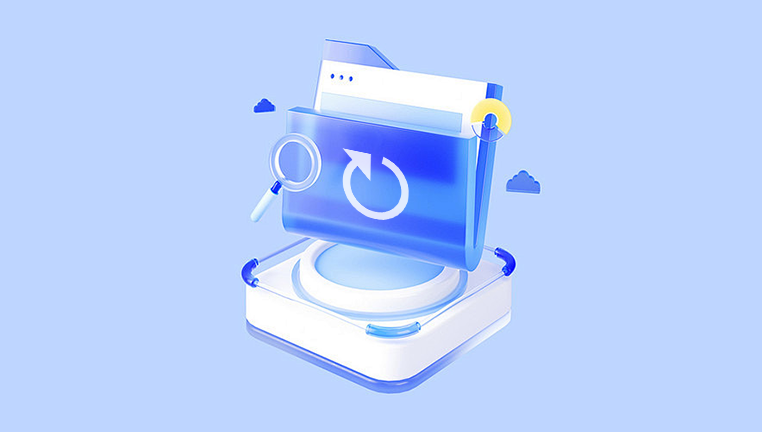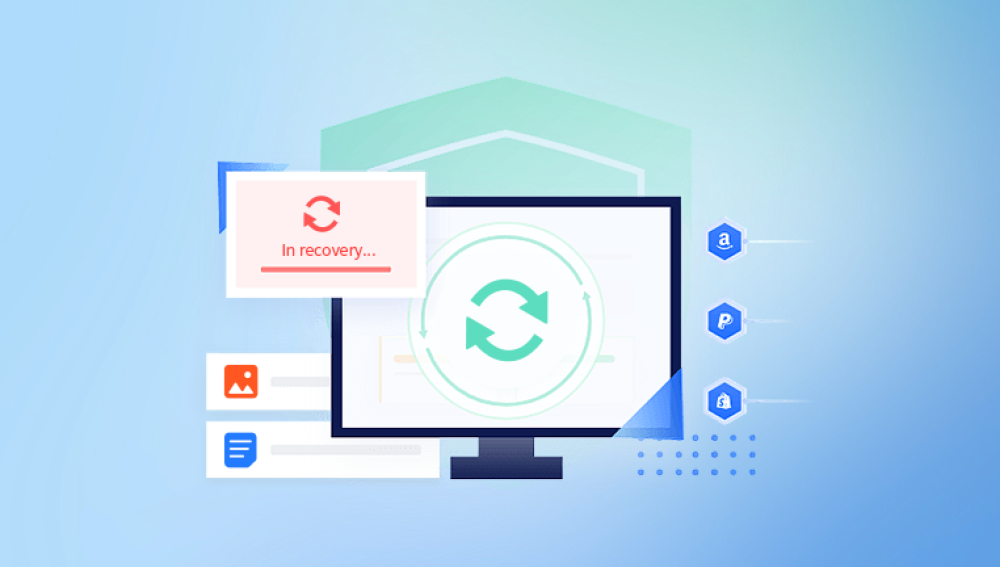File loss is one of those digital nightmares that can strike anyone, anywhere, at any time. One moment, you have an important document, a folder full of family photos, or months’ worth of project work sitting safely on your computer. The next, it’s gone. Maybe you deleted it by accident. Maybe a virus corrupted your files. Maybe your external drive got unplugged during a transfer.
The good news is that in many cases, lost files can be recovered. In fact, the chances of getting your data back are often higher than you might think, especially if you act quickly and use the right tools. That’s where file recovery software comes in.
These programs are designed to scan your storage devices whether it’s a computer hard drive, SSD, USB flash drive, or memory card to find traces of deleted or damaged files and reconstruct them into something usable again. Some are designed for everyday users, with simple interfaces and clear instructions, while others are professional-grade tools capable of deep data carving and partition repair.

1. Accidental Deletion
You drag a file into the Recycle Bin or Trash and then empty it without realizing.
You press the wrong key combination, deleting files instantly.
2. Formatting
You accidentally format an SD card or USB drive.
A system prompt forces you to format a drive before use.
3. Corruption
Files become damaged due to power loss during saving.
A storage device develops bad sectors.
4. Partition Issues
A drive partition is deleted or becomes inaccessible.
The partition table gets damaged.
5. Malware and Viruses
Malicious programs encrypt, delete, or hide your files.
6. Hardware Failure
Drives stop responding due to wear and tear or physical damage.
How File Recovery Software Works
When you delete a file, your operating system doesn’t actually erase it immediately. Instead, it removes the file’s reference in the file system, marking the space it occupied as “available” for new data. Until new data overwrites that space, the original file remains recoverable.
Recovery software scans the storage medium for these orphaned data fragments. Using algorithms, it tries to piece together the file’s contents and metadata (such as file name, size, and type). The sooner you run recovery software after losing files, the better your chances of success.
Types of Recovery Software
1. Basic File Undeleters
Best for recently deleted files.
Quick scans and straightforward recovery.
2. Deep Recovery Tools
Search raw data sectors.
Recover files from formatted or corrupted drives.
3. Partition Recovery Tools
Rebuild lost or damaged partitions.
Restore large amounts of data at once.
4. Specialized Media Recovery
Focused on photos, videos, and music files.
Often used by photographers and videographers.
Best Software to Recover Lost Files
Here’s a breakdown of some of the most popular and effective recovery tools available today.
1. Drecov Data Recovery
When a file is deleted or lost, it’s not necessarily gone forever. Often, the information still exists on your storage device until new data overwrites it. Drecov Data Recovery uses advanced scanning technology to locate these recoverable traces and restore them to their original state. It can recover files lost due to accidental deletion, formatting, partition errors, system crashes, or even certain levels of data corruption.
The recovery process is straightforward. After launching Drecov Data Recovery, simply select the drive or device where your files were stored. You can choose between a quick scan for recently deleted files or a deep scan for more complex loss scenarios. Once the scan finishes, the software displays a list of recoverable files, allowing you to preview them before restoration. This ensures you recover exactly the files you need, whether they are documents, images, audio, or video.
Drecov Data Recovery supports multiple storage devices, including internal hard drives, SSDs, USB flash drives, SD cards, and external hard drives. Its design prioritizes preserving file integrity so that recovered files open and function normally.
2. PhotoRec
Platform: Windows, macOS, Linux
Strengths: Powerful deep recovery, supports hundreds of file formats.
Best for: Advanced users needing thorough scans.
3. TestDisk
Platform: Windows, macOS, Linux
Strengths: Partition recovery, fixes boot issues.
Best for: Lost partitions and complex recovery.
4. Disk Drill
Platform: Windows, macOS
Strengths: Clean interface, good results, file preview.
Best for: Users who want a balance of simplicity and power.
5. EaseUS Data Recovery Wizard (Free Edition)
Platform: Windows, macOS
Strengths: Recovers many file types, straightforward process.
Best for: Quick retrieval of important files.
6. Windows File Recovery
Platform: Windows 10+
Strengths: Official Microsoft command-line tool, free.
Best for: Tech-savvy Windows users.
7. Drecov Data Recovery
Platform: Windows
Strengths: Simple workflow, deep and quick scans, wide file format support.
Best for: Reliable, user-friendly recovery.
Step-by-Step: Recovering Lost Files
1. Stop Using the Affected Drive
Avoid writing new data to prevent overwriting recoverable files.
2. Install Recovery Software
If possible, install it on a separate drive or USB stick.
3. Select the Drive to Scan
Choose the location where the files were last stored.
4. Choose Scan Type
Quick Scan for recent deletions.
Deep Scan for formatted/corrupted drives.
5. Preview and Select Files
Most software shows recoverable files before restoring.
6. Restore to a Safe Location
Save recovered files to a different drive than the source.
Real-Life Recovery Scenarios
Scenario 1 – Accidental Recycle Bin Emptying
A user deletes an entire folder of project files and empties the Recycle Bin. Recuva quickly recovers them within minutes.
Scenario 2 – Formatted SD Card
A photographer formats an SD card before downloading images. PhotoRec recovers all RAW and JPEG files successfully.
Scenario 3 – Lost Partition
A drive partition disappears after a system crash. TestDisk restores the partition and recovers all files.
Troubleshooting Recovery Problems
Files are corrupted after recovery – May be partially overwritten; deep scans might help.
Drive not detected – Try different ports, cables, or a USB adapter.
Too many results – Use filters by file type, date, or size.
Limitations of Software Recovery
SSDs with TRIM enabled may instantly erase deleted data.
Physical drive damage often requires professional recovery.
Free versions may limit the total data recoverable.
Tips to Maximize Recovery Success
Begin recovery immediately after data loss.
Keep a portable recovery tool ready on a USB drive.
Avoid installing large programs or downloading files until recovery is done.
Preventing Future File Loss
Regular Backups
Use external drives and cloud services.
Enable File Versioning
Keep earlier file versions accessible.
Practice the 3-2-1 Backup Rule
3 copies, 2 types of media, 1 off-site.
Avoid Unsafe Removal
Always eject drives properly.




